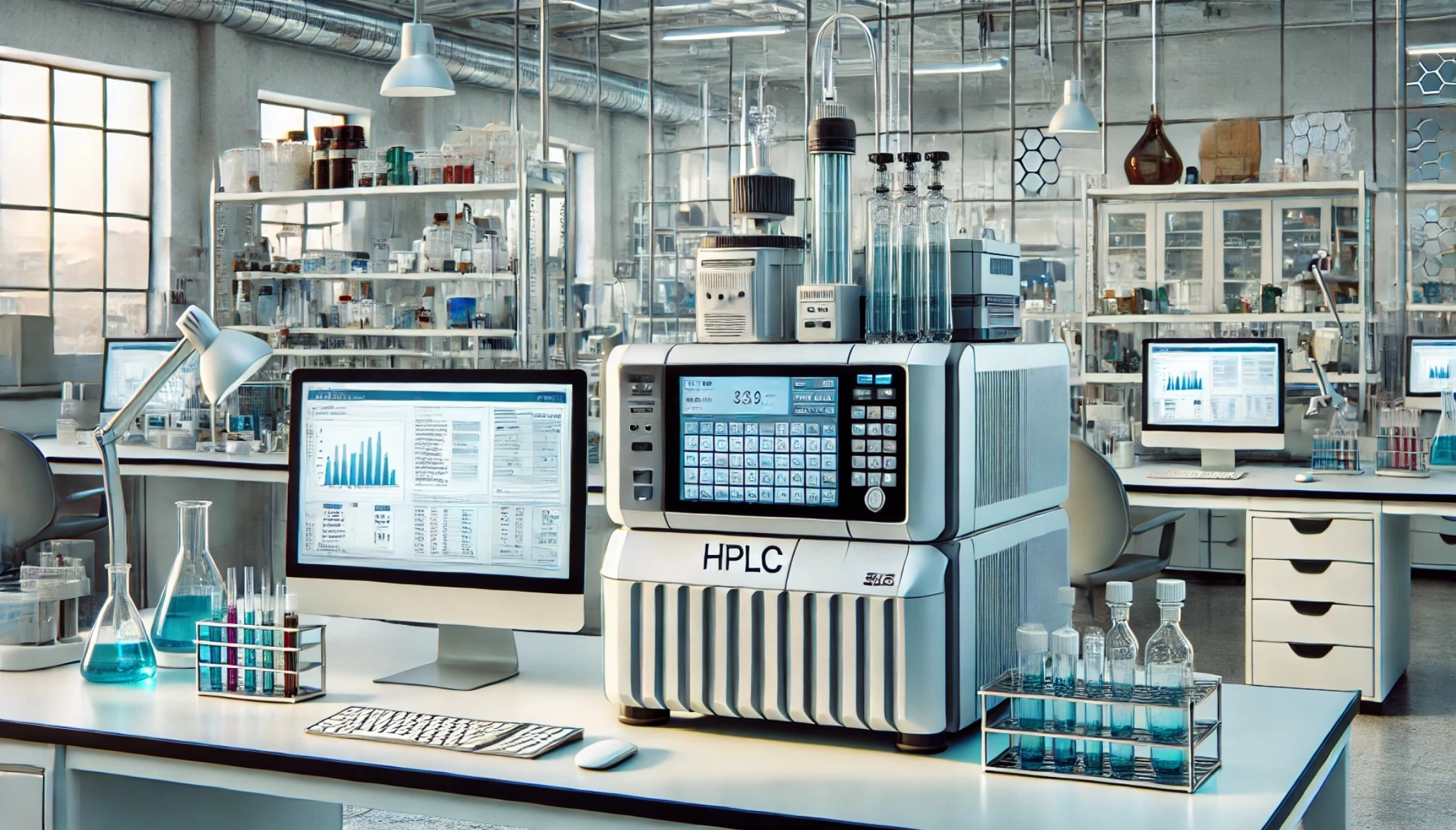The Best HPLC Equipment: A Buyer's Guide to Price and Features

High-Performance Liquid Chromatography (HPLC) is a critical analytical technique used to separate, identify, and quantify components in a mixture. HPLC equipment is essential in various fields, including pharmaceuticals, environmental testing, food and beverage analysis, and chemical research. Selecting the right HPLC equipment involves considering factors such as precision, versatility, and efficiency to meet specific analytical needs. This guide provides an overview of different types of HPLC equipment, key features to consider, and a price guide to help you make an informed decision. Analytical HPLC Systems are designed for precise separation and quantification of components in complex mixtures. These systems offer high resolution, sensitivity, and reproducibility, making them ideal for detailed analysis of samples in research and quality control. Applications: Pharmaceutical analysis, environmental monitoring, food safety testing, and chemical research. Preparative HPLC Systems are used for isolating and purifying larger quantities of specific compounds. These systems can handle higher flow rates and larger sample volumes, making them suitable for applications in drug development, natural product isolation, and large-scale chemical synthesis. Applications: Compound purification, drug development, natural product isolation, and synthesis. Ultra-High Performance Liquid Chromatography (UHPLC) Systems operate at higher pressures than traditional HPLC systems, enabling faster analysis and higher resolution separations. UHPLC systems are ideal for applications that require rapid analysis and detailed separation of complex mixtures. Applications: Advanced pharmaceutical research, proteomics, metabolomics, and high-throughput screening. Gradient HPLC Systems use a mixture of solvents whose composition changes over time, allowing for more effective separation of compounds with different affinities. These systems are used for complex sample analysis where gradient elution provides better separation and resolution. Applications: Complex mixture analysis, pharmaceutical testing, and method development. Isocratic HPLC Systems use a single solvent composition throughout the analysis. These systems are simpler and more cost-effective, making them suitable for routine analysis where complex gradient separation is not required. Applications: Routine analysis, quality control, and analysis of simple mixtures. HPLC Detectors are critical components of HPLC systems that identify and quantify the separated components. Common types include UV-Vis, fluorescence, refractive index (RI), and mass spectrometry (MS) detectors. Each detector type is suited for specific types of analytes and detection requirements. Applications: Detection and quantification of analytes, method development, and multi-detection analysis. Precision and accuracy are essential for reliable and reproducible results. Look for HPLC equipment with high-precision pumps, accurate flow rate control, and consistent performance. Calibration and validation features ensure accurate and precise measurements. High sensitivity and low detection limits are crucial for detecting and quantifying trace amounts of compounds. Choose detectors that offer high sensitivity for the specific analytes of interest. Advanced detectors, such as fluorescence and mass spectrometry, provide enhanced sensitivity. Consider the compatibility of the HPLC system with different types of columns. Systems that support a wide range of column dimensions, chemistries, and phases offer greater flexibility for various applications. Easy column switching and compatibility with high-performance columns are important for optimizing separation. User-friendly software with advanced data analysis capabilities is essential for controlling the HPLC system and processing data. Look for software that offers features such as automated peak integration, baseline correction, and comprehensive reporting tools. Compatibility with laboratory information management systems (LIMS) can enhance workflow efficiency. Automation features, such as auto-samplers, fraction collectors, and automated method development, can significantly enhance productivity and reduce manual intervention. High-throughput systems are essential for labs processing large numbers of samples. Consider the ease of maintenance and availability of technical support. HPLC systems with accessible components, self-diagnostic features, and clear maintenance protocols ensure long-term reliability. Manufacturer warranties and service plans can provide peace of mind and support in case of issues. Selecting the best HPLC equipment involves considering factors such as precision, sensitivity, flexibility, and automation. By choosing high-quality HPLC equipment that meets your specific needs, you can enhance the accuracy, efficiency, and reliability of your analytical studies. For more detailed specifications or to view models, visit LabX.com to browse products and gain additional insights to help in making the best choice for your lab's needs.Precision, Versatility, and Efficiency are Key Considerations to Find the Best HPLC Equipment at the Best Price
Types of HPLC Equipment
1. Analytical HPLC Systems
2. Preparative HPLC Systems
3. UHPLC Systems
4. Gradient HPLC Systems
5. Isocratic HPLC Systems
6. HPLC Detectors
Key Features to Consider When Buying HPLC Equipment
1. Precision and Accuracy
2. Sensitivity and Detection Limits
3. Column Compatibility
4. Software and Data Analysis
5. Automation and Sample Throughput
6. Maintenance and Support
HPLC Equipment Price Guide
View all HPLC Equipment Listings on LabX.com










